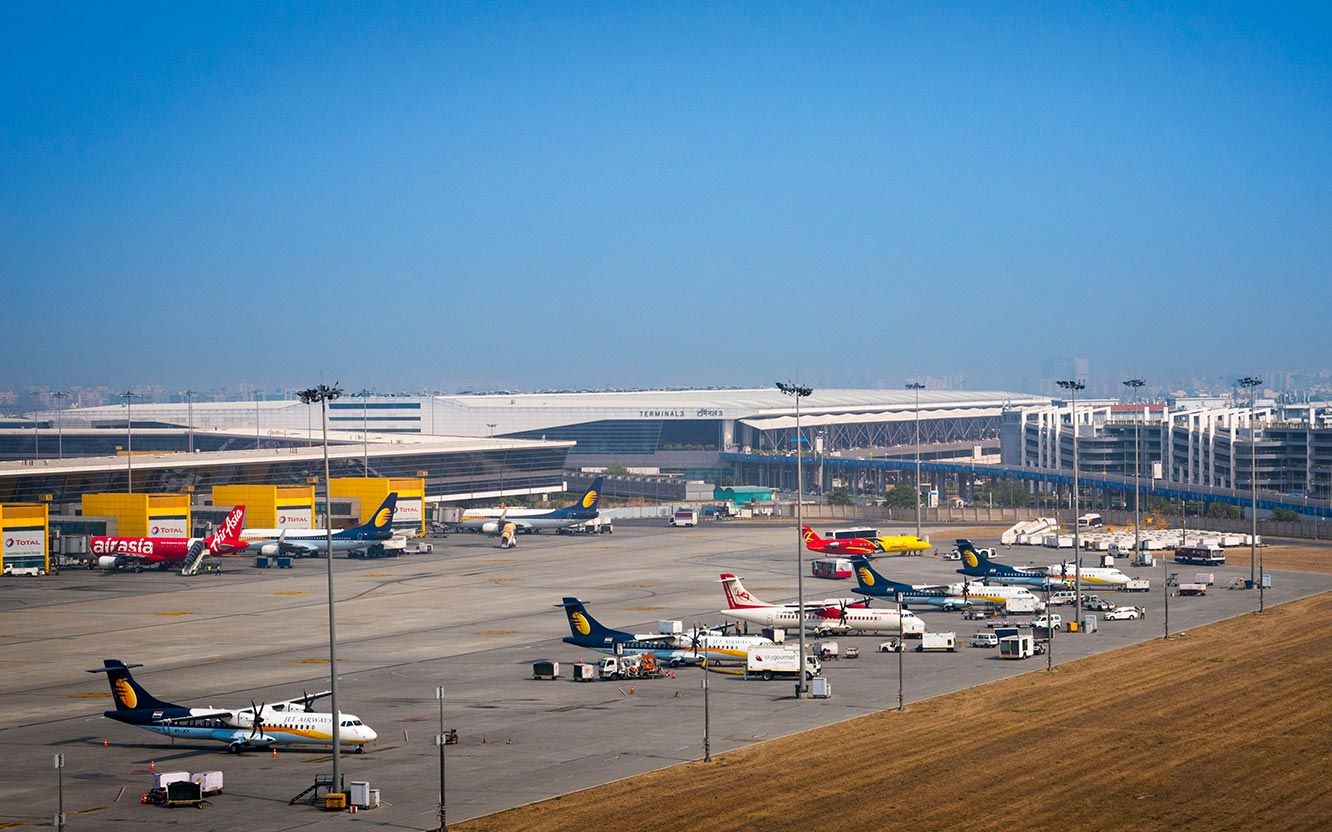
When considering which airport is best for accessing Washington D.C., it is essential to analyze the various options available, each distinguished by unique features, accessibility, and proximity to the capital’s iconic sights. Washington D.C. is primarily served by three major airports: Ronald Reagan Washington National Airport (DCA), Washington Dulles International Airport (IAD), and Baltimore-Washington International Thurgood Marshall Airport (BWI). This article explores the characteristics, amenities, and practicalities of each airport, enabling an informed decision for travelers.
1. Ronald Reagan Washington National Airport (DCA)
Ronald Reagan Washington National Airport, strategically located just across the Potomac River in Arlington, Virginia, is the closest airport to downtown Washington D.C. Its proximity—approximately 2 miles from the National Mall—facilitates swift connectivity to the capital’s central districts. This is an undeniable advantage for business travelers and tourists alike.
DCA primarily serves domestic flights, with a few select international routes, making it a hub for travelers coming from various U.S. cities. The airport is renowned for its efficient layout, ensuring that passengers can navigate through check-in, security, and boarding with relative ease. The plethora of services available includes car rentals, various dining options, and duty-free shopping, albeit more limited compared to larger international airports.
One unique aspect of DCA is its robust public transportation links. The Metro rail system directly connects the airport to downtown Washington D.C. via the Yellow and Blue Lines. This feature is particularly appealing for travelers seeking a seamless transition from air travel to urban exploration. However, due to its location near the city, DCA may experience heightened air traffic congestion, particularly during peak travel hours.
2. Washington Dulles International Airport (IAD)
Washington Dulles International Airport is located approximately 26 miles west of downtown D.C. and serves as a major hub for international flights. Unlike DCA, IAD caters predominantly to long-haul international travelers and fewer domestic flights, making it essential for those crossing borders or traveling from distant cities.
Dulles possesses a sprawling footprint, designed to accommodate the considerable volume of passengers traversing its corridors. The airport features an impressive array of amenities, including numerous dining options, retail spaces, and lounges catering to discerning travelers. The layout may be less convenient for those preferring quick access, requiring shuttles to transport passengers between terminals.
Accessibility is often highlighted as a significant advantage of Dulles. The Silver Line Express Bus provides a direct transfer from the airport to the Wiehle-Reston East Metro station, allowing for straightforward access to downtown Washington D.C. However, potential travelers should weigh the time expenditure when determining the most suitable airport, as traffic congestion can affect travel time significantly.
3. Baltimore-Washington International Thurgood Marshall Airport (BWI)
Baltimore-Washington International Airport, situated approximately 30 miles northeast of downtown D.C., presents itself as an alternative for travelers seeking competitive airfare and a wider array of airline choices. BWI has become increasingly popular, particularly among budget-conscious travelers, due to the presence of low-cost carriers such as Southwest Airlines and Spirit Airlines.
BWI is known for its efficient service, offering a streamlined experience from check-in to boarding. The airport’s designation as a focus city for several budget airlines allows for diverse travel options that may not be as readily available at DCA or IAD. The facilities within BWI are on par with larger airports, showcasing a variety of dining and shopping venues.
Furthermore, BWI is serviced by the MARC Train and Amtrak, providing additional direct connections to Washington D.C. and broader Maryland. This transit option is particularly advantageous for visitors traveling from nearby areas. Travelers must consider the total travel time, especially when balancing affordability with convenience, as the additional distance can impact journey duration.
4. Comparing Accessibility and Travel Time
When determining the best airport for navigating Washington D.C., one must consider the accessibility and travel time associated with each. DCA, being the most centrally located, offers unparalleled convenience for quick trips to the city center. However, travelers should also account for the potential surge of passengers during peak hours.
In contrast, Dulles, while farther away, excels in terms of international connectivity, making it an attractive option for global travelers. Conversely, BWI presents a commendable alternative, particularly for budget travelers, but requires a longer transit time to reach the capital.
5. Special Considerations
Travelers should also contemplate the nature of their visit when selecting between these airports. For business trips with a packed agenda, DCA is likely the most suitable choice due to its proximity and efficiency. Conversely, for international travelers, Dulles becomes essential, while those prioritizing cost may find BWI a viable option, assuming they are willing to accommodate longer travel times.
Another consideration is the ease of ground transportation; travelers should evaluate the availability of rideshare services, taxis, and public transit options at each airport. Additionally, travelers should examine baggage policies, security protocols, and airline offerings to ascertain which airport aligns best with their individual travel needs.
Conclusion
Ultimately, selecting the optimal airport for navigating Washington D.C. hinges upon an array of factors, including travel preferences, itinerary specifics, and budget considerations. Ronald Reagan Washington National Airport stands out for its closeness to the capital, while Washington Dulles International Airport excels in international service. Meanwhile, Baltimore-Washington International Airport offers affordability that may appeal to many travelers. By assessing these aspects, passengers can navigate their journey to the nation’s capital with enhanced confidence and convenience.
